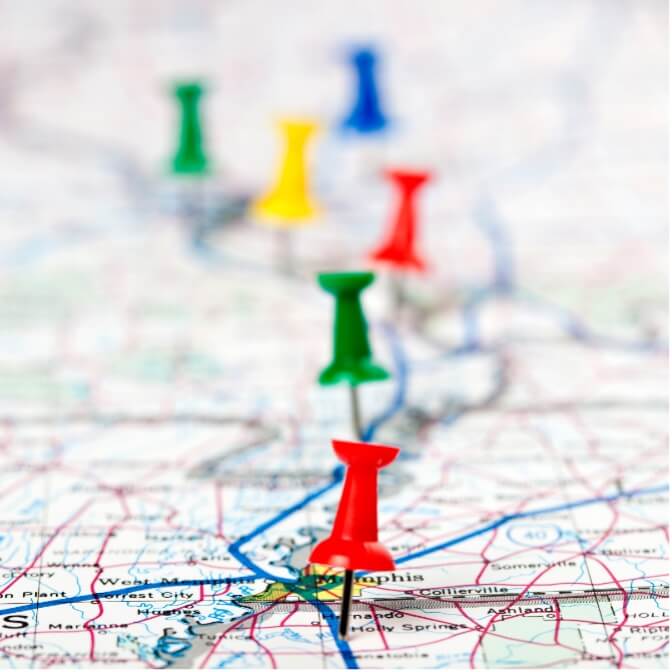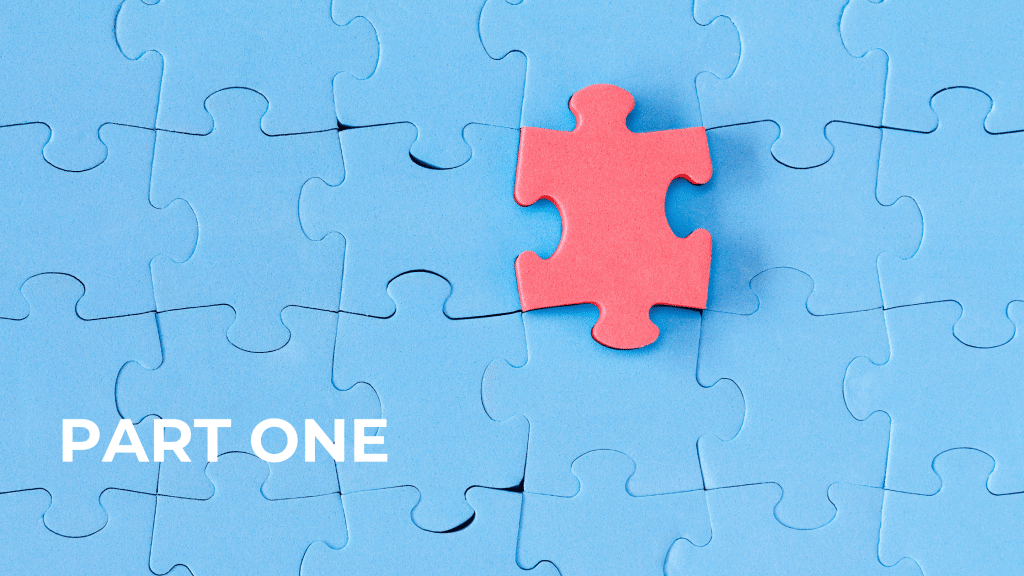Last night, my husband confessed.
He told me about a game he plays when we’re on a long drive in the car.
The types of drives where you chat, stop talking, listen to music, watch the world go by and talk again.
Apparently, I often talk about our kids before going quiet for a while. Then, after he’s turned up the volume on an upbeat song, he starts counting and waiting for me to suddenly ask obscure questions or make surprise statements about how to approach a shared problem.
Questions like ‘why do you want a donkey?’

It used to frustrate him, but now he secretly smiles and starts counting the beats, waiting for me to come out with something surprising.
He thought it was surprising, but to me, it made sense. I went from thinking about the kids to something they did with the dogs, to the dogs hoovering up after the chooks, how the chooks like to free range, whether we would have enough space for a donkey, and wondering why he wants one.
So, how does this relate to tolerating ambiguity at work?
Queensland University of Technology Professor Peter O’Connor’s research confirmed that mindfulness followed by creativity are the two habits or skills most strongly correlated with developing a clear tolerance of ambiguity.
However, when mindful, we switch off our wandering minds, effectively stifling our creativity.
We need to learn to become conscious wanderers, able to move between the two states.
When we stop focusing on tasks, our default mode network (DMN) activates and our mind starts wandering. Contrary to what you may think, this mental downtime is when vibrant activity occurs in our brains. Our DMN is all about spontaneous, self-generated thought that specialises in imagining and planning.
It’s related to associative thinking, a cornerstone of creative problem-solving often used in brainstorming sessions to generate novel solutions or fresh takes on existing problems.
Associative thinking can lead to “aha” moments or insights as we make links between seemingly unrelated information and observe interesting patterns and relationships. It plays a crucial role in sense-making, exploring issues and coming up with new ideas and insights.
It’s like a spider weaving an intricate web, each thread or idea leading to another, creating a complex structure of interconnected thoughts.
The risk is if we focus on always being present, we shut down that valuable mind wandering.
We need to experience both states.
Mindfulness enables us to gather information that can be put to good use. Mind wandering helps us leverage what is known, consciously or unconsciously.
However, when we’re time-poor, we tend to rein our attention in – tighter and tighter.

In their book Tomorrowmind, Gabriella Rosen Kellerman and Martin Seligman explain, “Creative “ahas” don’t typically arrive when we’re lying in bed doing nothing. Instead, it seems that they happen most often when we are engaged in undemanding tasks.
Activities like walking, reading, bathing, cleaning the house, mowing the yard, and exercising.
So, this week, when you think, “I don’t have time to [clean the house, mow the yard, go for a walk]” do a reframe and tell yourself “I must make time for mind wandering”.
And if you’re in the car, stuck in traffic with a wonderful new insight, call yourself hands-free and leave a voicemail so you can pick it up again.







